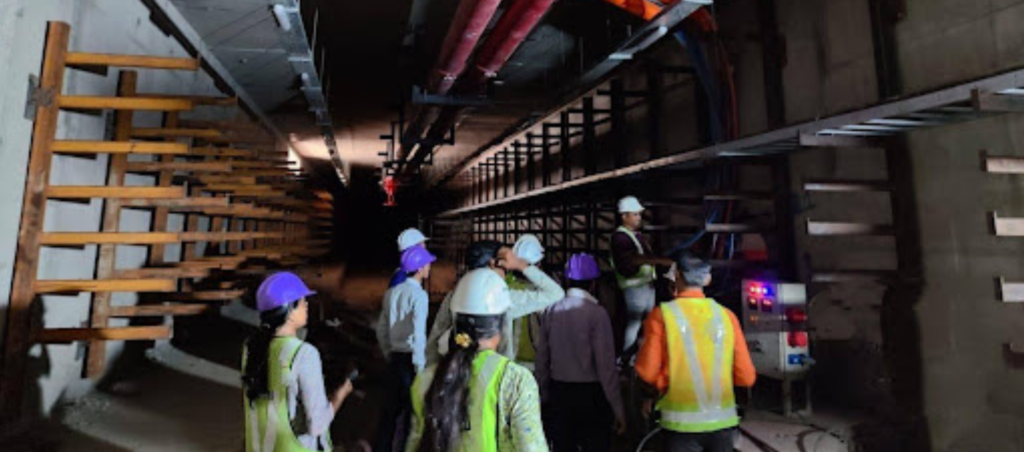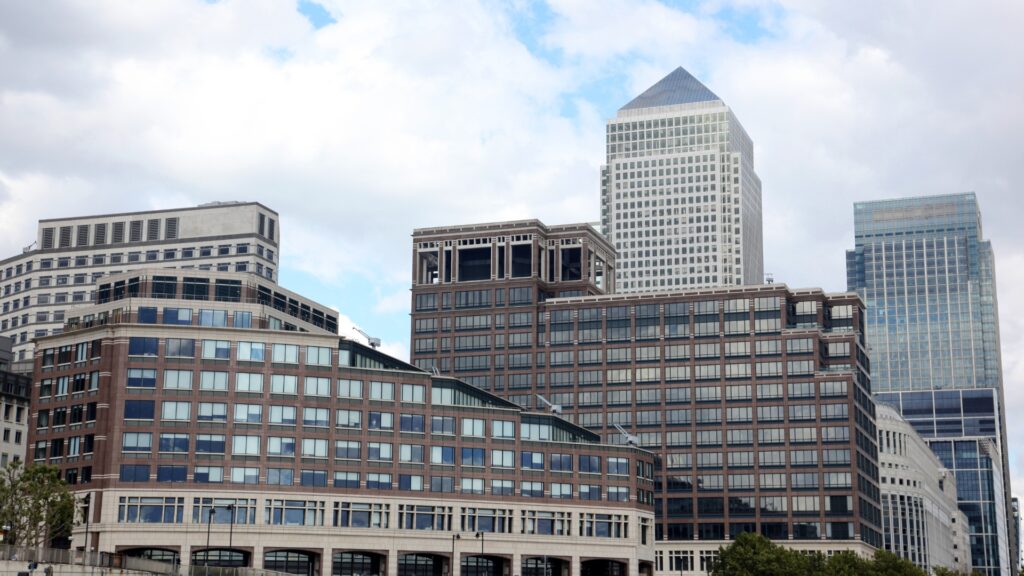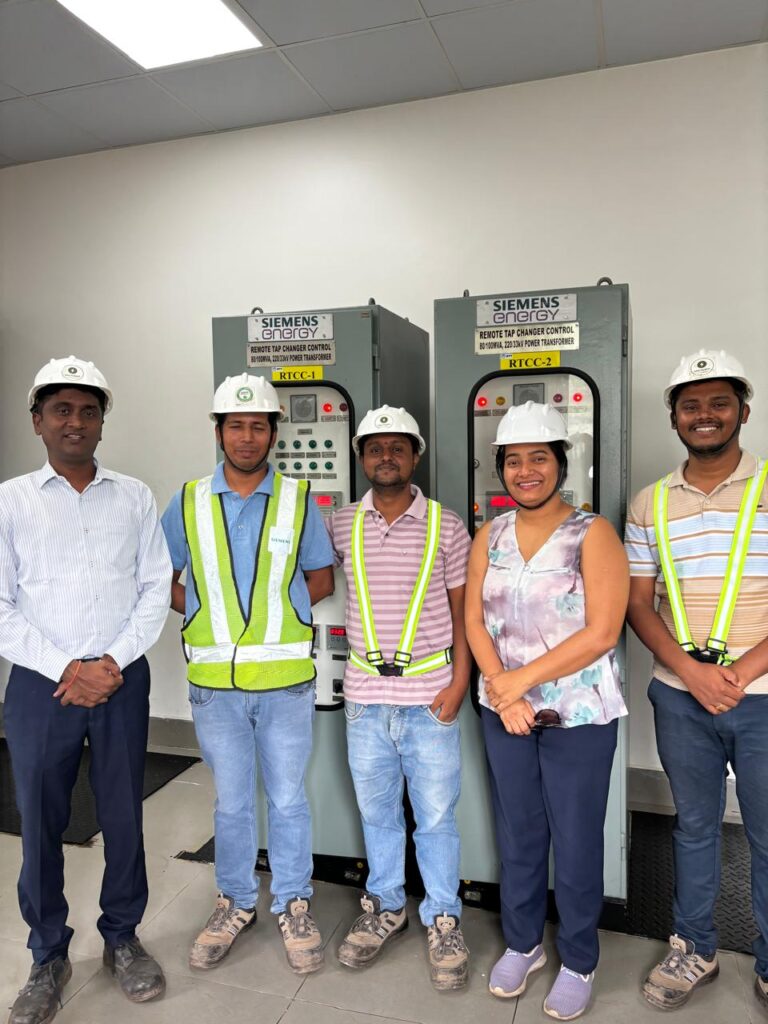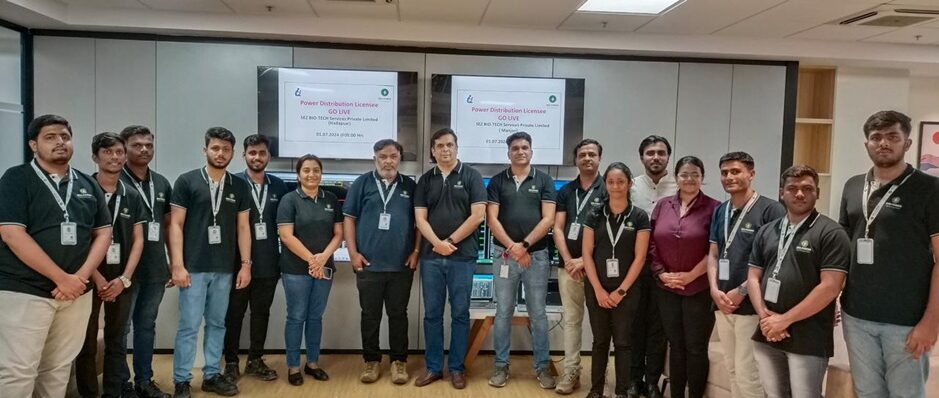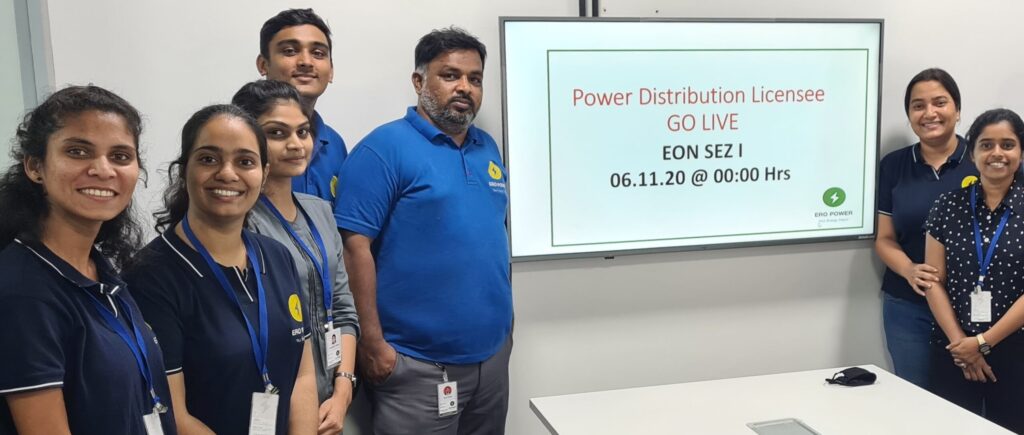Advance Electrical design for a 58-Acre Data Center Campus
An In-Depth Case Study on Advanced Electrical Design and Implementation for a 58-Acre State-of-the-Art Data Center Campus Introduction As the world is picking up the pace in digital transformation, data centers have become the backbone of modern businesses, the IT industry, cloud computing and digital infrastructure, which require connectivity and electrical infrastructure that is adaptable and robust. Various factors such as availability of power, efficiency and reliability are important components for data processing, data storage and real time application in a data center, which also result in high power consumption. Due to which large data centers require electrical infrastructure that can assure steady supply of power, regulatory compliance and flexibility in response to varying energy demand. This case study talks about the design of electrical distribution infrastructure of a 58 Acres campus housing various Data Centers buildings including evacuation of power from the grid and design of a 220 kV substation. The 58-acre data center campus represents great engineering excellence to support 12 data center buildings, each with a power demand of 36MW. With a total load demand of more than 400 MW, the project presented multiple challenges, including optimization of space, regulatory compliance and redundancy. This case study provides strategies employed to mitigate various challenges through ingenious electrical design by creation of an underground utility corridor, implementation of a dual power source distribution network and integration of a 220 kV GIS substation. Along with design of the distribution network, the project involved design and execution of a 220 kV GIS substation and a cable terminal tower. An optimized electrical infrastructure required to meet rigorous requirement of the data center industry was designed and implemented through ERO Power’s expertise in electrical design, gird connectivity and distribution planning. Work Scope The 58 Acre Data Center campus had about 12 data center buildings each with a power requirement of 36 MW. The primary work scope included planning of the distribution network in such a way that each building has redundant power sources and each power source is from a different route. Also, the 220kV substation design along with the design of cable termination tower to evacuate power from the grid was the part of the scope. The work scope of the 58-acre data center campus was to design an electrical infrastructure to ensure high availability, scalability and fault tolerance. It involved precise engineering and design of the electrical distribution network, design and commissioning of a 220kV GIS substation, and the execution of power evacuation from the grid. Challenges The 58 Acre Data Center campus presented various challenges during execution of its electrical infrastructure which required critical thinking and innovative engineering solution. Multiple challenges considering the stringent data center requirements were as below. Availability of space. Co-ordination of all required services. Ensuring compliance with statutory guidelines. Allowing flexibility in load pattern and sizing equipment accordingly. Laying high-voltage power cables from dual power sources across a vast data center campus presented several critical challenges, requiring precise coordination and meticulous planning. One major challenge was managing adverse weather conditions, including extreme heat, heavy rainfall, and fluctuating humidity levels. Monsoon seasons caused water accumulation in trenches, delaying excavation and increasing the risk of insulation damage, while temperature variations led to expansion and contraction issues in underground cables, potentially compromising their long-term reliability. Another challenge was routing cables from two independent power sources to twelve data center buildings while ensuring redundancy, safety, and fault tolerance. The need for separate underground routes for each power source made cable alignment complex, requiring careful planning to avoid overlapping pathways or short-circuit risks. Fault conditions required strategic relay protection schemes to isolate affected sections without disrupting the overall power supply. Additionally, integrating high-voltage cables, optical fiber networks, water pipelines, fire system and drainage systems within a shared underground tunnel system introduced further difficulties. Preventing interference between services, ensuring proper clearance, and maintaining accessibility for maintenance while complying with fire safety and ventilation regulations required extensive coordination across multiple engineering disciplines. Various constrains such as limited availability of space for high-capacity electrical equipment, including transformers, switchgear panels, and bus ducts. Given the high-power density of the data center campus, ensuring an optimized equipment layout that conformed to fire safety and maintenance accessibility regulations along with coordination of multiple technical services within the same infrastructure corridor was a significant challenge. The data center campus required seamless integration of electrical, mechanical, HVAC, and networking services, necessitating a highly structured approach to service routing and management. Ensuring compliance with statutory guidelines and obtaining necessary approvals from the regional power distribution authorities posed additional challenges, given the critical nature of grid connectivity and voltage transformation requirements. Additionally, the power distribution network needed to accommodate fluctuating load patterns and future scalability considerations. Data center power demand can vary significantly based on computational workload variations, requiring a design approach that allows for modular expansion while maintaining power quality and stability. Solutions Equipment was selected with ratings and with appropriate technology to ensure that space usage was optimized. Multiple options of equipment orientation and routes were considered to finalize the space requirements to a minimum and optimum ensuring space for future growth. To resolve the issue of services coordination, it was decided to use a utility tunnel to carry all electrical and other services to various buildings and campus utilities. This tunnel was placed underground and was designed in a way to ensure easy flow of all services from their entry point to the destination ensuring that: Proper clearances are maintained. Free space is available for maintenance and addition of future services. Entry and exit points of services are spaced appropriately to ensure smooth working. Tunnel was well ventilated and all safety systems were installed in the same. ERO Power was part of the and designing for the electrical distribution was in ERO scope. ERO Power designed the 220kV substation and the entire electrical distribution in the campus for all the buildings which amounts to designing evacuation of more than 400 MW of power in small area while
Advance Electrical design for a 58-Acre Data Center Campus Read More »


